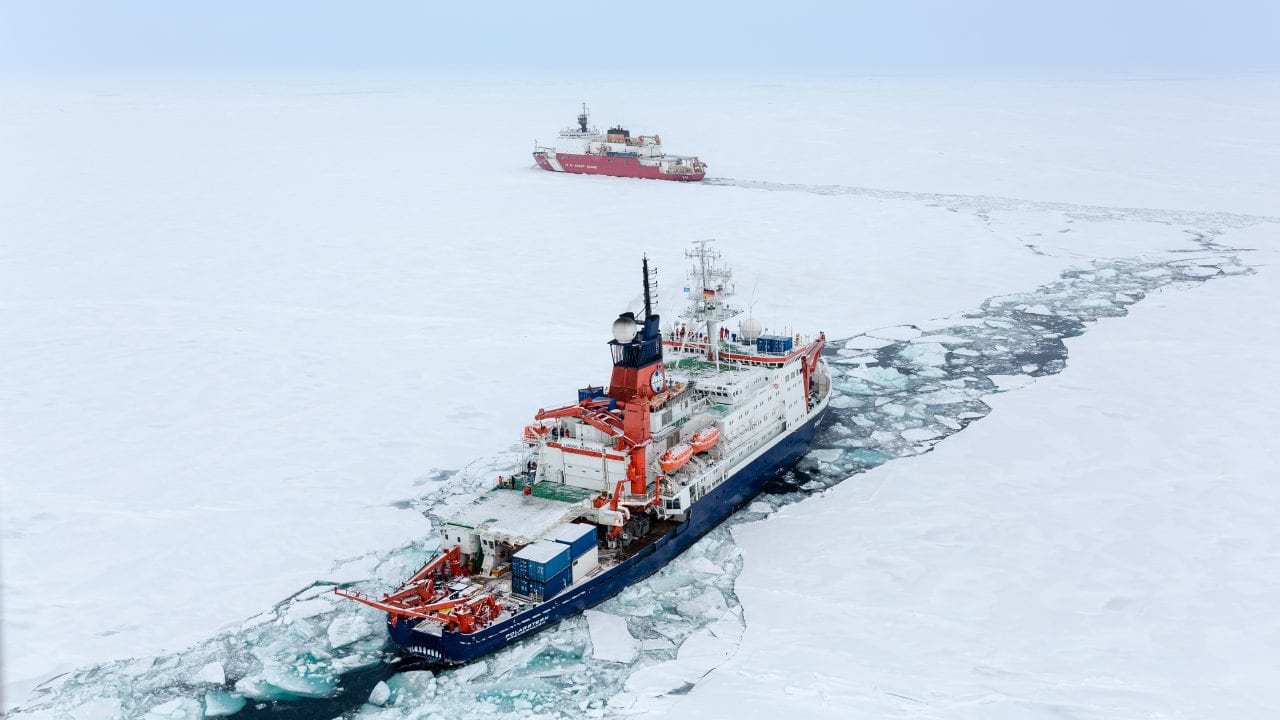Researchers from the University of Toronto and the Environmental Molecular Sciences Laboratory (EMSL) recently published research demonstrating that pyrite—the most abundant sulfide mineral in the Earth’s crust—is enriched in several trace elements. This is important for understanding past ocean chemistry from analyses of sedimentary pyrite. Knowledge from this research will help scientists use pyrite trace metal concentrations to analyze and quantify early ocean chemistry and, as a result, the ocean’s evolution through time.
Tag: Ocean Chemistry
Climate Change Could Lead to a Dramatic Temperature-Linked Decrease in Essential Omega-3 Fatty Acids, According to New Study
The effects of global climate change already are resulting in the loss of sea ice, accelerated sea level rise, and longer and more intense heat waves, among other threats. Now, the first-ever survey of planktonic lipids in the global ocean predicts a temperature-linked decrease in the production of essential omega-3 fatty acids, an important subset of lipid molecules.
Microscopic fossils record ancient climate conditions
Researchers report the climate clues that can be found by analyzing magnetic fossil particles, or magnetofossils.

Ocean microbes could interact with pollution to influence climate
Little is known about how ocean microbes affect climate. Now, scientists report that pollution can change molecules released to the atmosphere by ocean microbes. They present their results today at the American Chemical Society Fall 2020 Virtual Meeting & Expo.

A Rapidly Changing Arctic
A new study by researchers at Woods Hole Oceanographic Institution (WHOI) and their international colleagues found that freshwater runoff from rivers and continental shelf sediments are bringing significant quantities of carbon and trace elements into parts of the Arctic Ocean via the Transpolar Drift—a major surface current that moves water from Siberia across the North Pole to the North Atlantic Ocean.